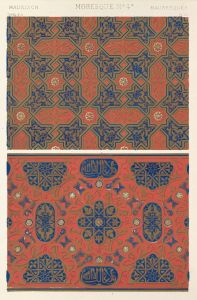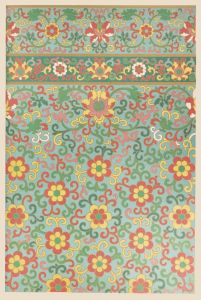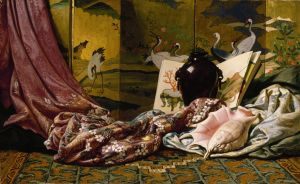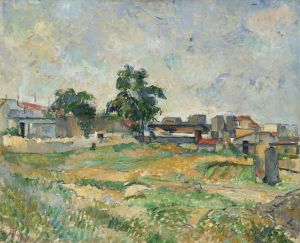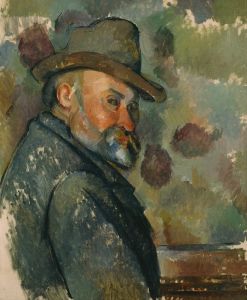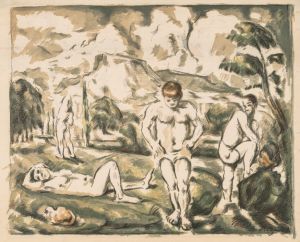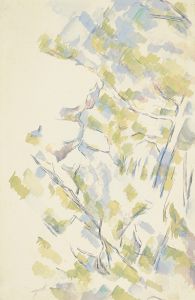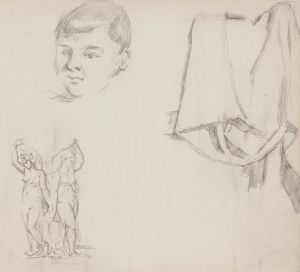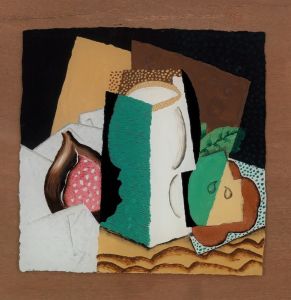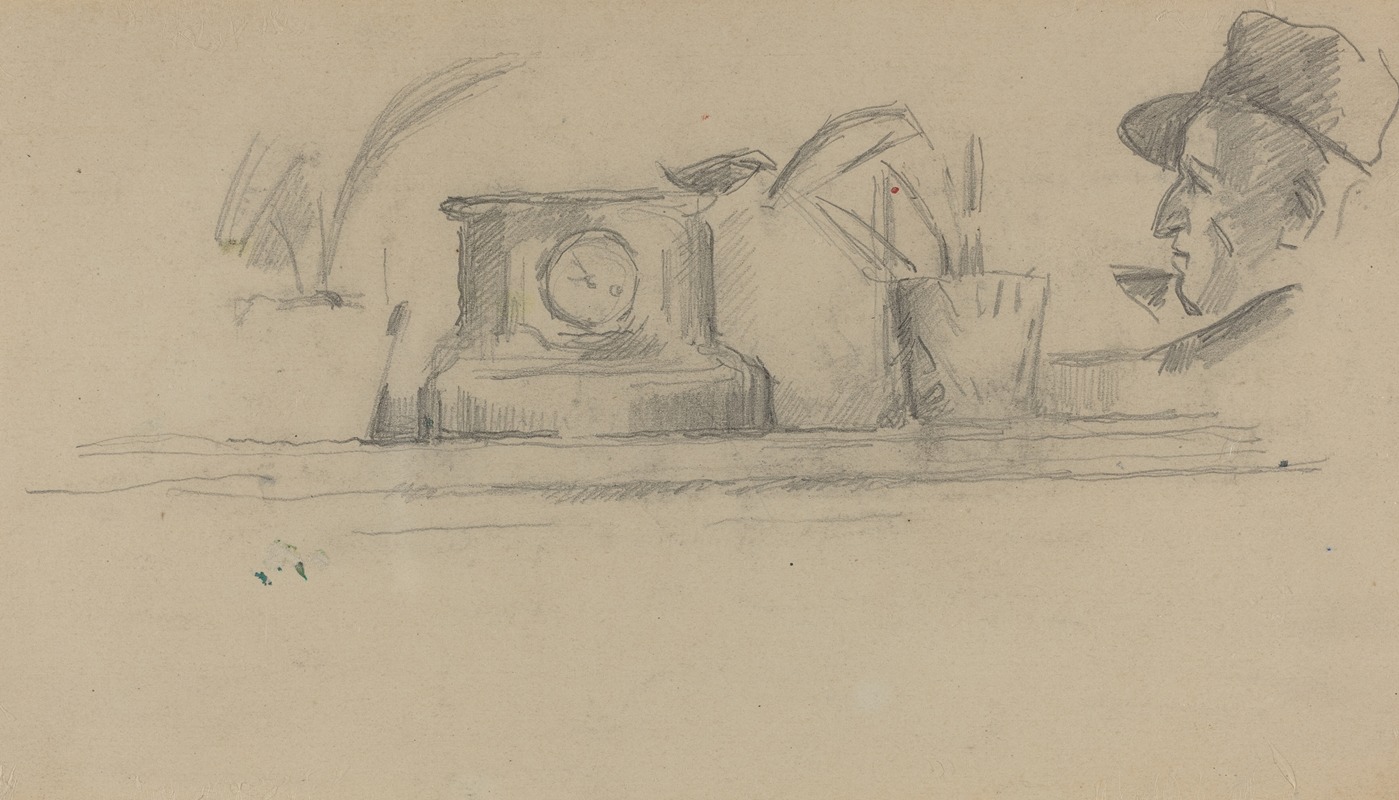
The Artist’s Father and Objects on a Mantel
A hand-painted replica of Paul Cézanne’s masterpiece The Artist’s Father and Objects on a Mantel, meticulously crafted by professional artists to capture the true essence of the original. Each piece is created with museum-quality canvas and rare mineral pigments, carefully painted by experienced artists with delicate brushstrokes and rich, layered colors to perfectly recreate the texture of the original artwork. Unlike machine-printed reproductions, this hand-painted version brings the painting to life, infused with the artist’s emotions and skill in every stroke. Whether for personal collection or home decoration, it instantly elevates the artistic atmosphere of any space.
Paul Cézanne, a pivotal figure in the transition from 19th-century Impressionism to 20th-century Cubism, is renowned for his unique approach to form and color. Among his extensive body of work, "The Artist’s Father and Objects on a Mantel" is a notable piece that reflects his evolving style and thematic interests. However, specific information about this particular painting is limited, and it is not as widely discussed or documented as some of his other works.
Cézanne was born in Aix-en-Provence, France, in 1839, and his artistic journey was deeply influenced by his surroundings and personal experiences. His father, Louis-Auguste Cézanne, was a successful banker, which provided the family with financial stability. This background allowed Paul to pursue his passion for art, despite his father's initial disapproval. The relationship between Cézanne and his father was complex, often characterized by tension due to differing expectations and values.
In his paintings, Cézanne frequently explored themes of familial relationships, domestic life, and the interplay between objects and space. His work is characterized by a meticulous attention to the structural elements of composition, often using geometric shapes to depict natural forms. This approach laid the groundwork for the development of Cubism and influenced a generation of artists, including Pablo Picasso and Georges Braque.
"The Artist’s Father and Objects on a Mantel" likely embodies Cézanne's interest in the domestic sphere and the personal significance of his familial relationships. While specific details about this painting are scarce, it can be inferred that the work might depict his father in a domestic setting, possibly surrounded by objects that hold personal or symbolic meaning. Cézanne's technique often involved the use of a limited color palette and a focus on the underlying structure of the scene, which would be consistent with his approach in other works.
Cézanne's paintings are known for their exploration of perspective and depth, often challenging traditional notions of representation. He frequently painted still lifes, landscapes, and portraits, using a methodical approach that emphasized the importance of each brushstroke. His work was not immediately appreciated by the art establishment of his time, but he gradually gained recognition for his innovative techniques and contributions to modern art.
Despite the lack of specific information about "The Artist’s Father and Objects on a Mantel," it is clear that Cézanne's work as a whole represents a significant shift in the art world. His ability to convey emotion and meaning through the careful arrangement of form and color has left a lasting impact on the trajectory of art history.
In summary, while detailed information about "The Artist’s Father and Objects on a Mantel" is not readily available, understanding Cézanne's broader artistic context provides insight into the themes and techniques that may be present in the painting. His legacy as a pioneer of modern art continues to be celebrated and studied, highlighting the enduring relevance of his work.





